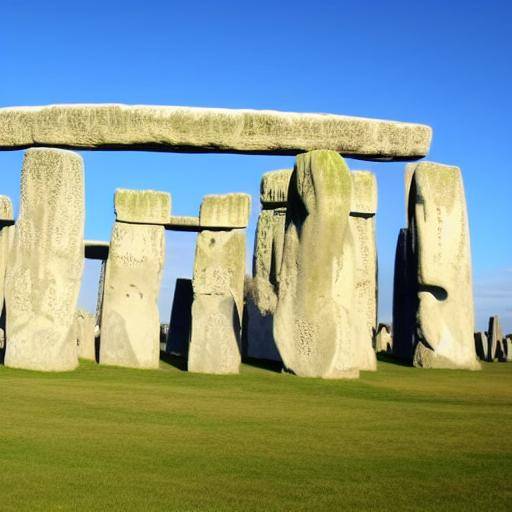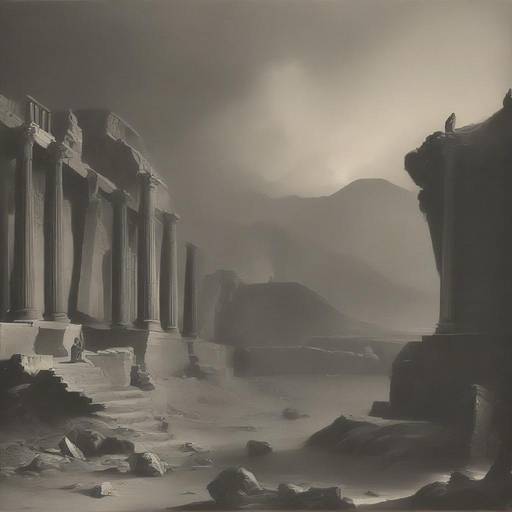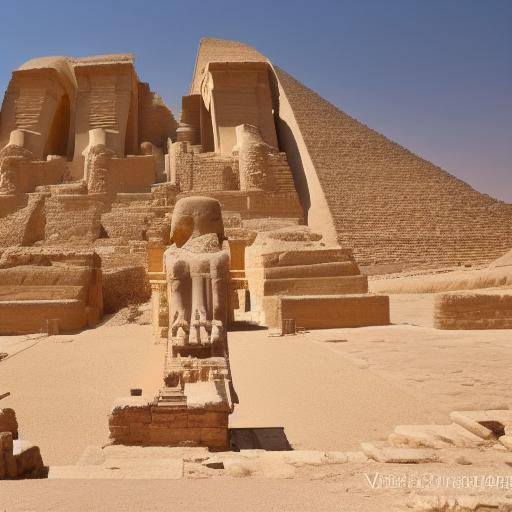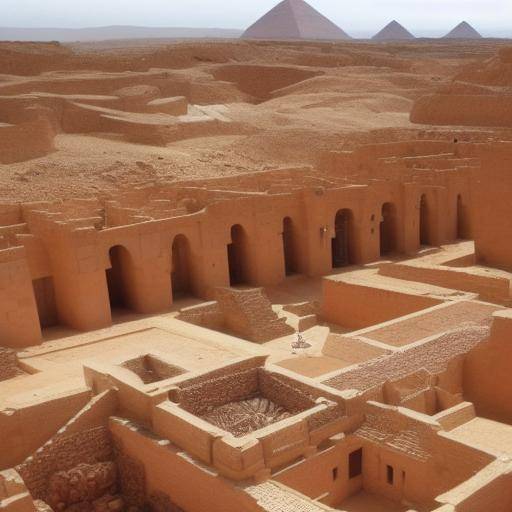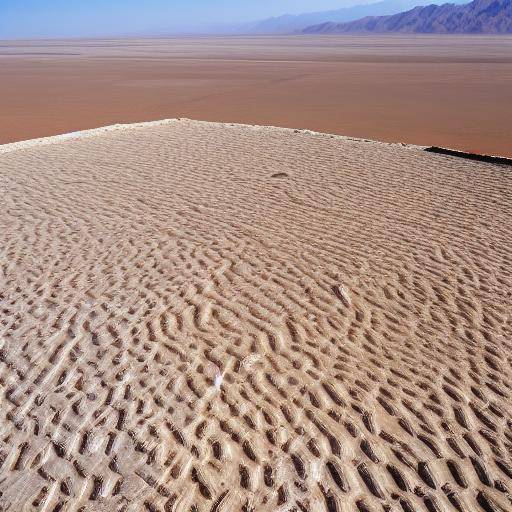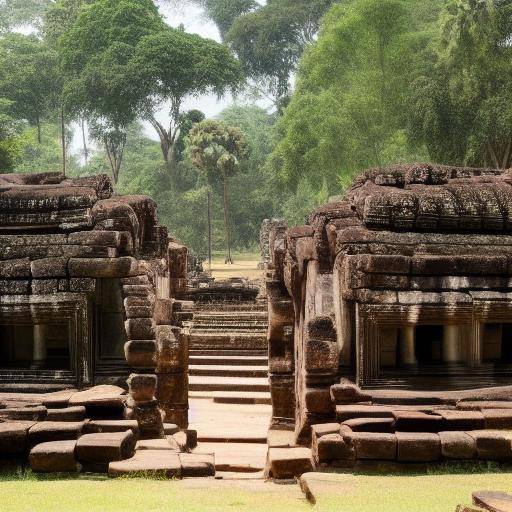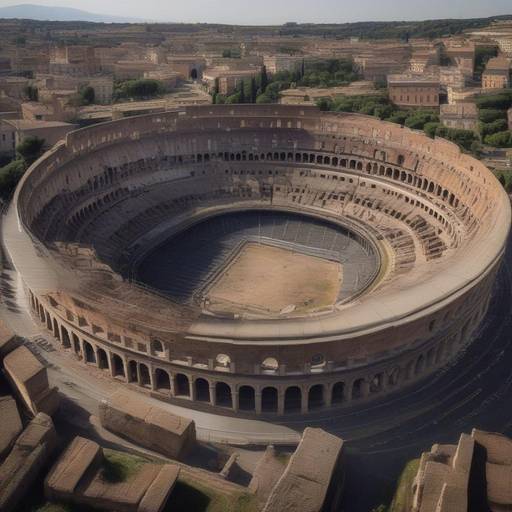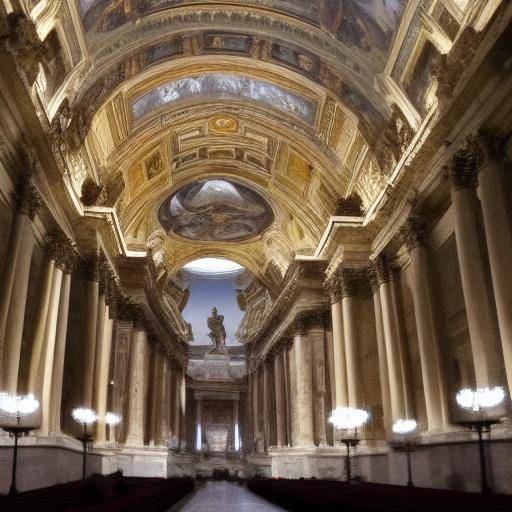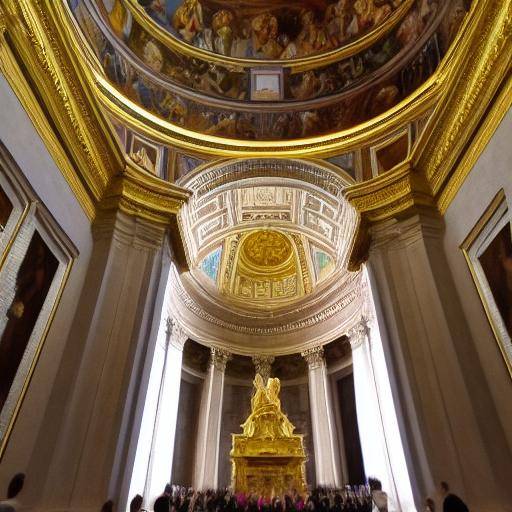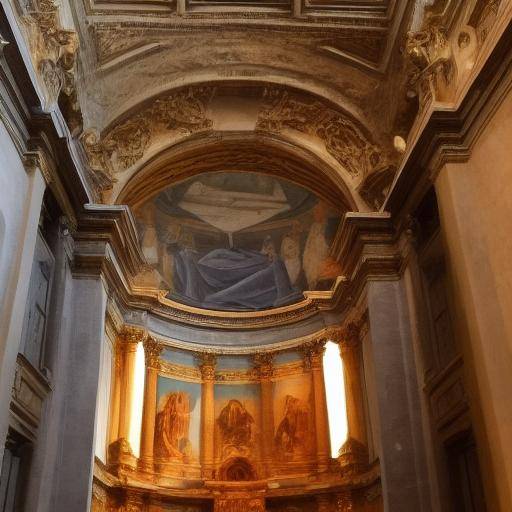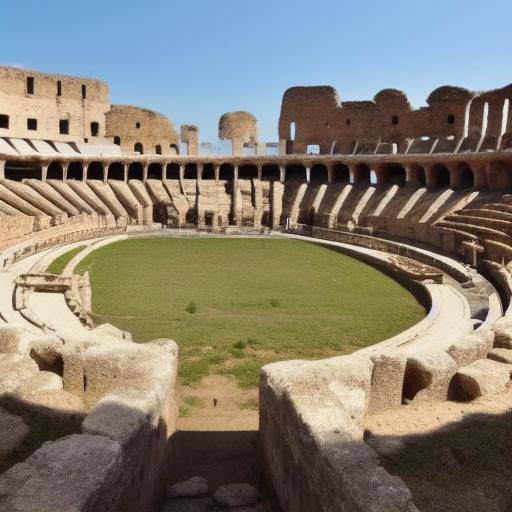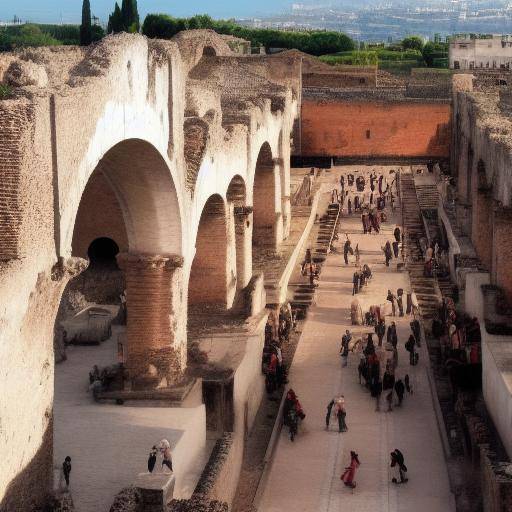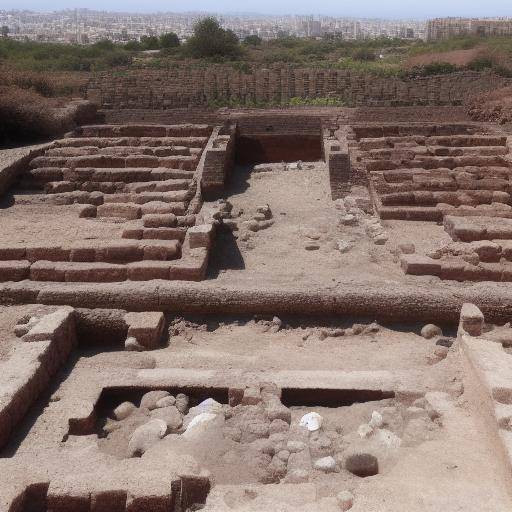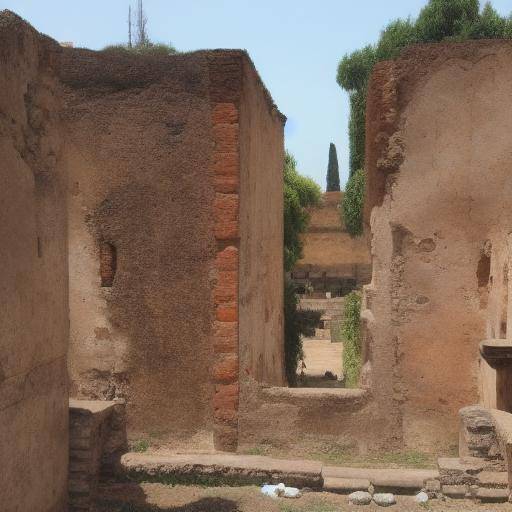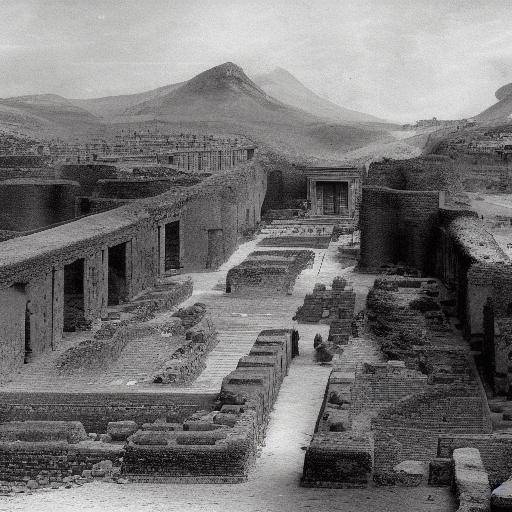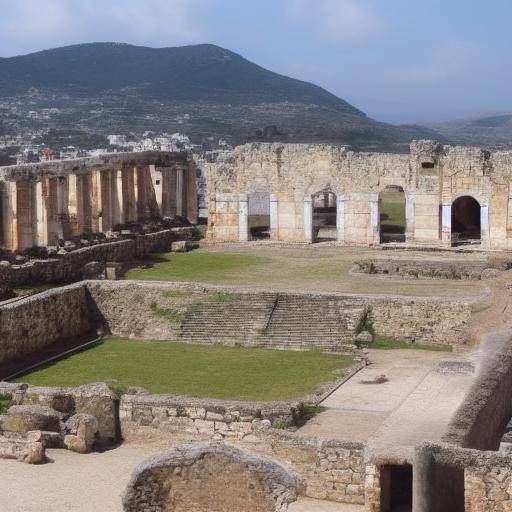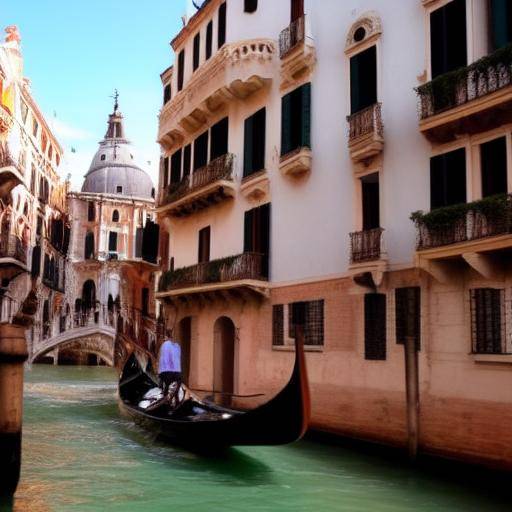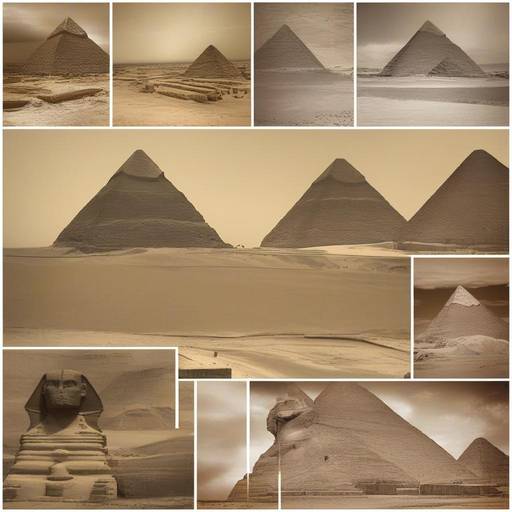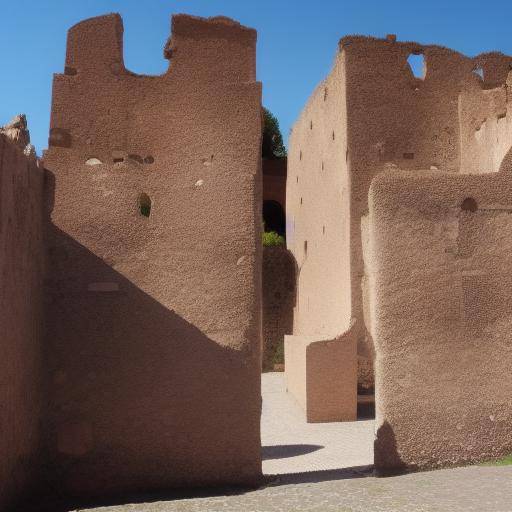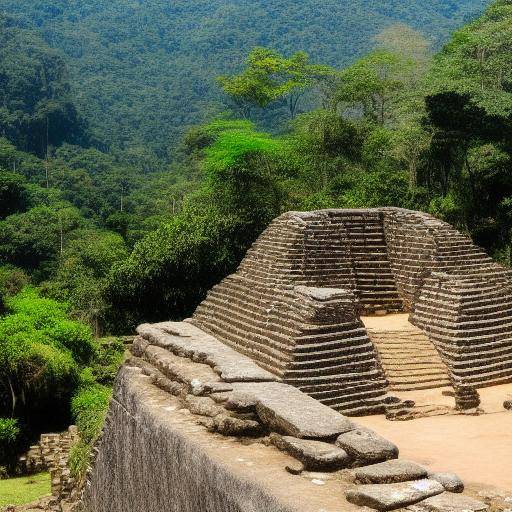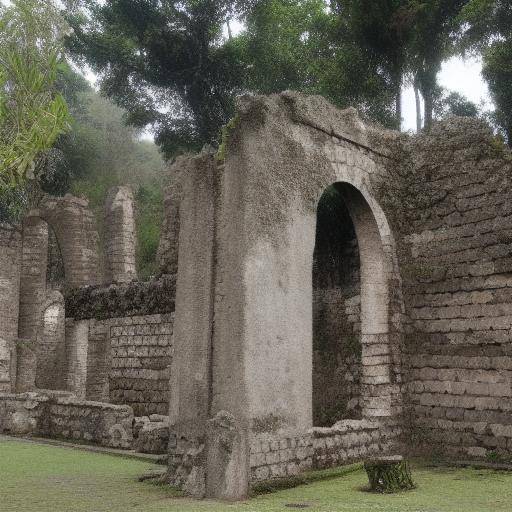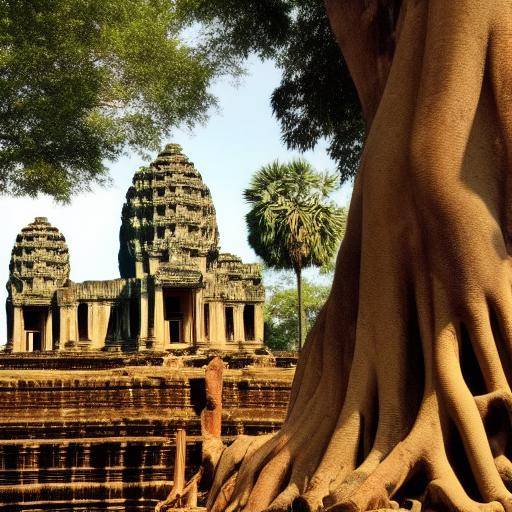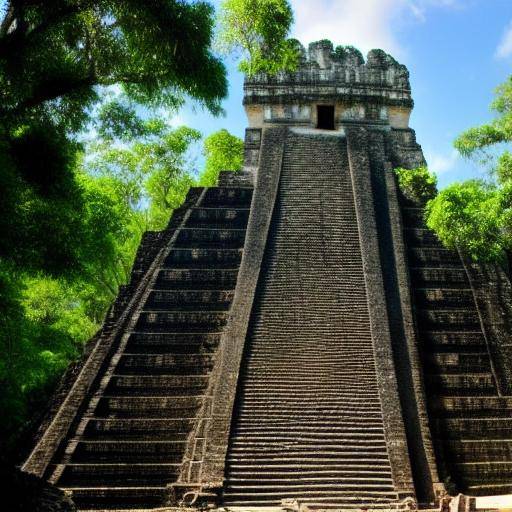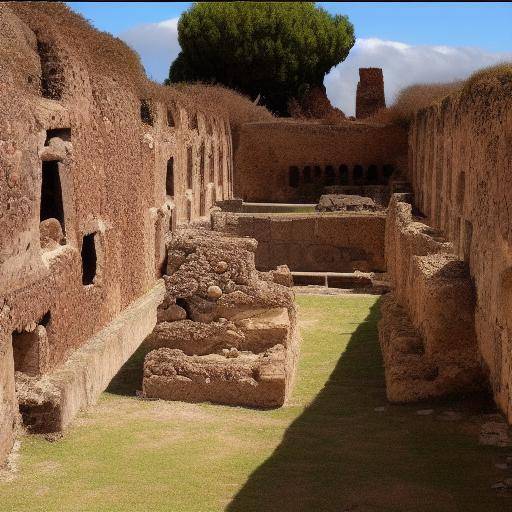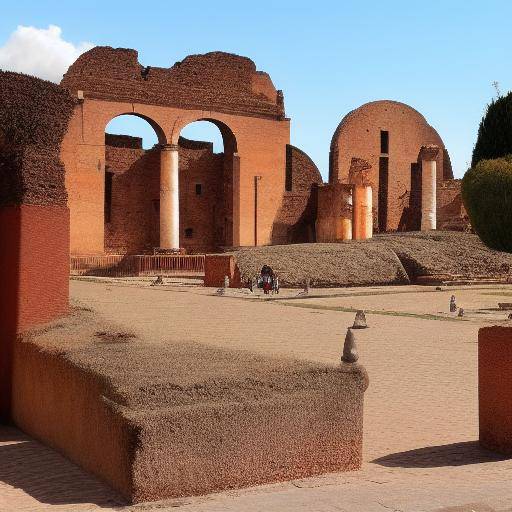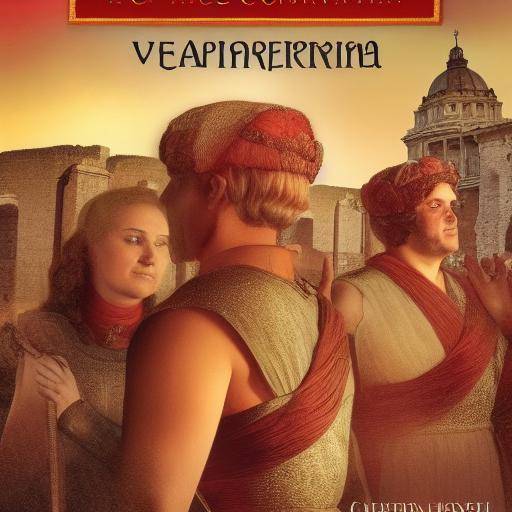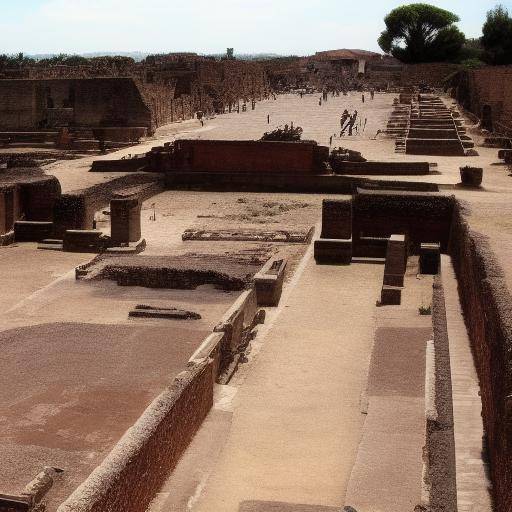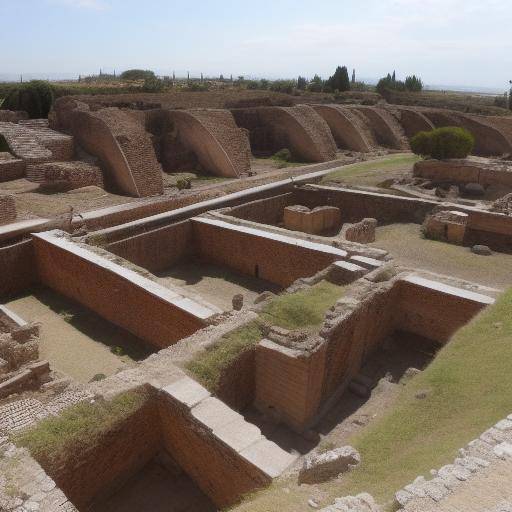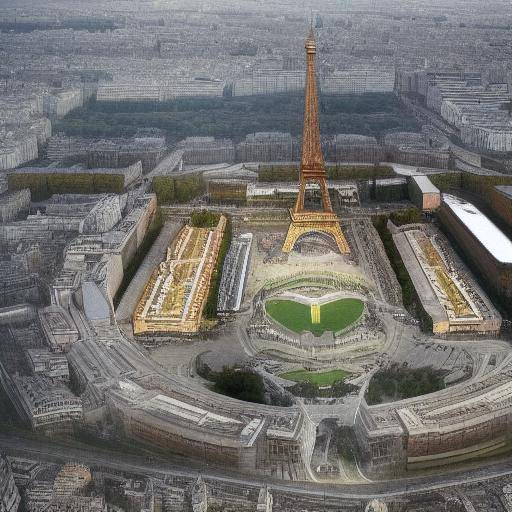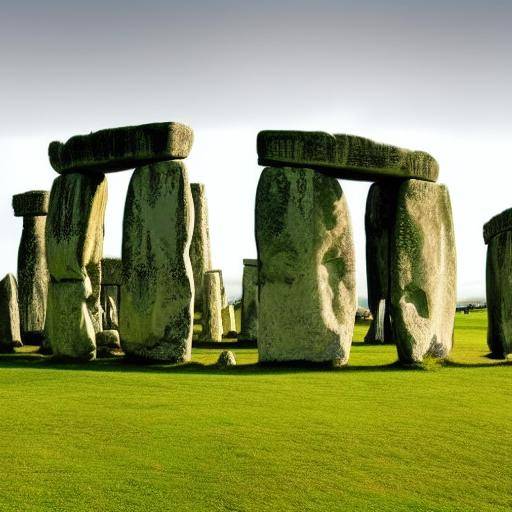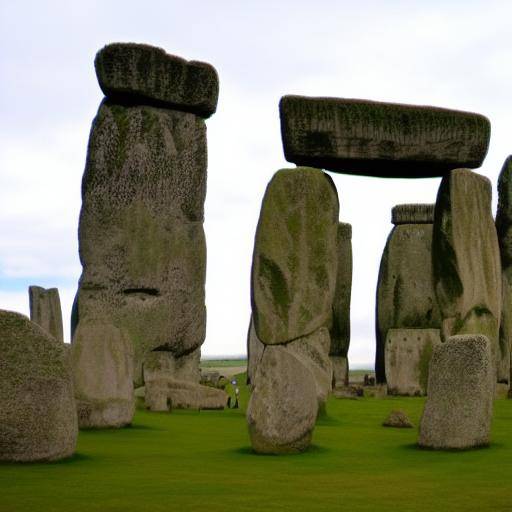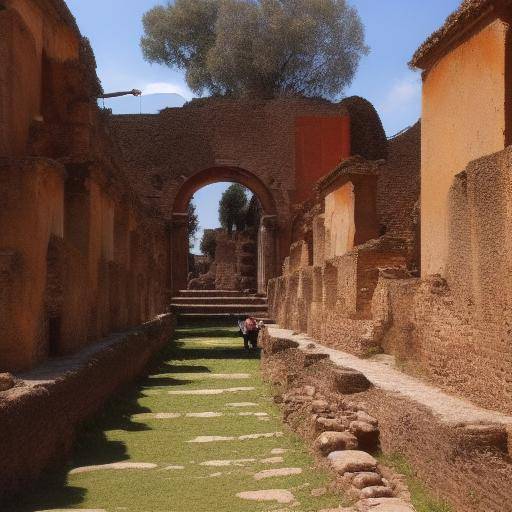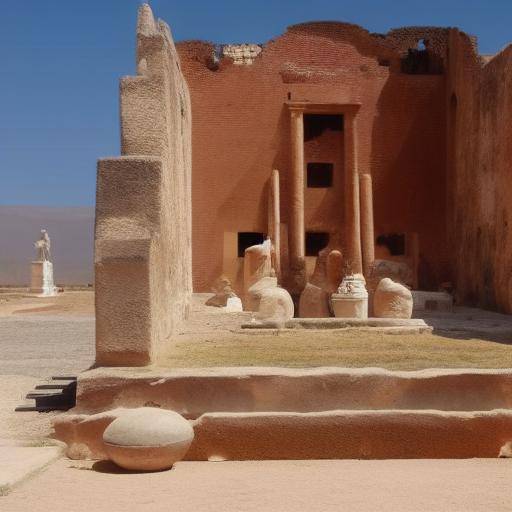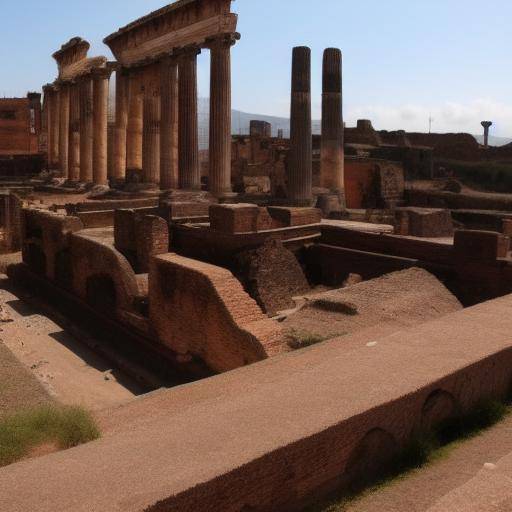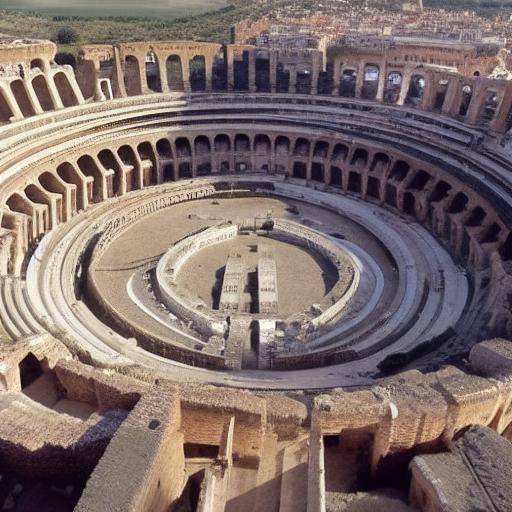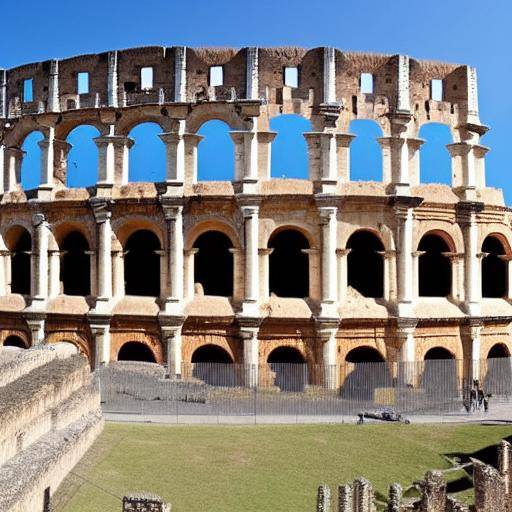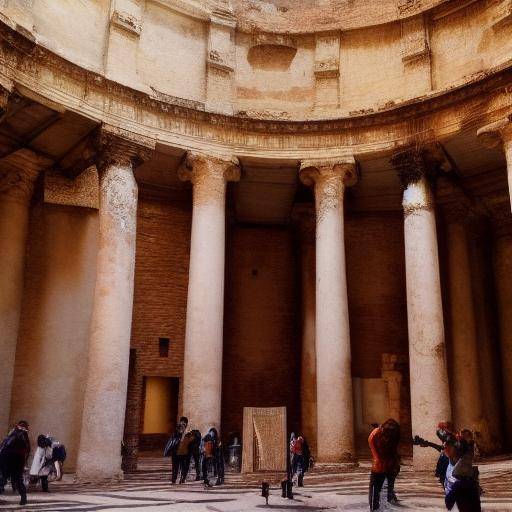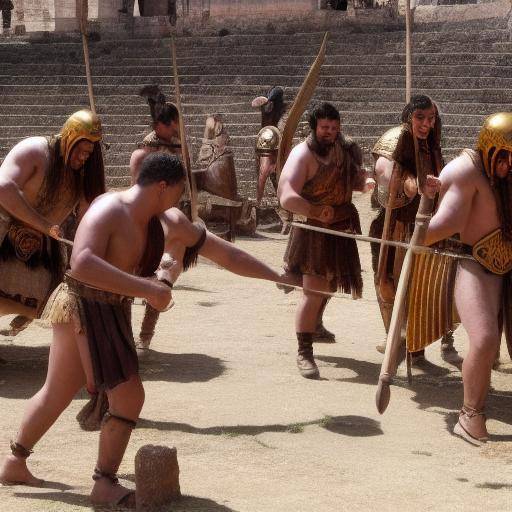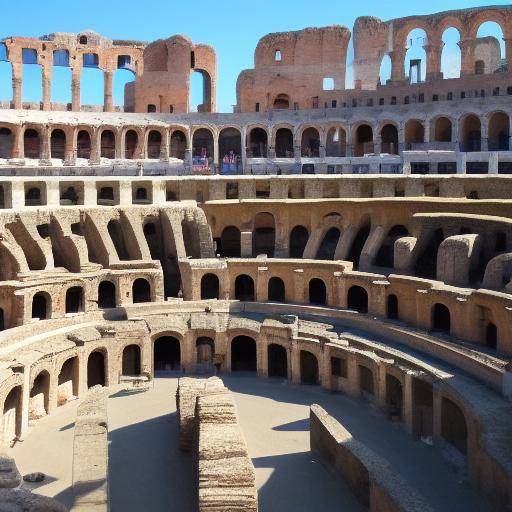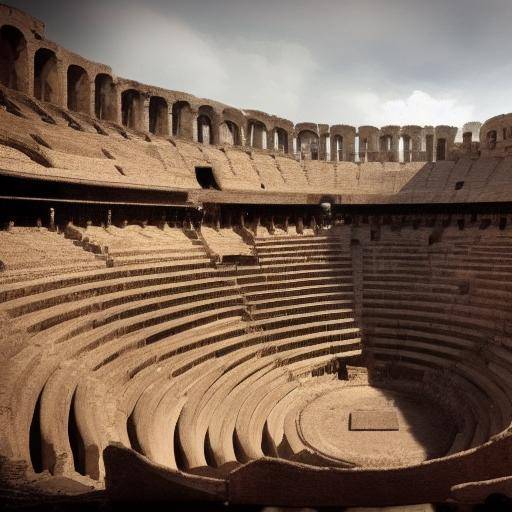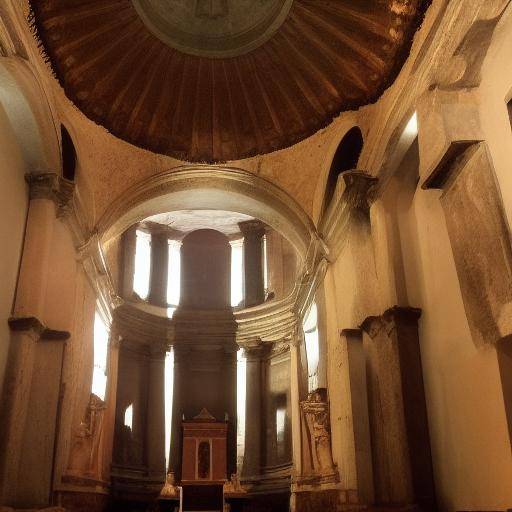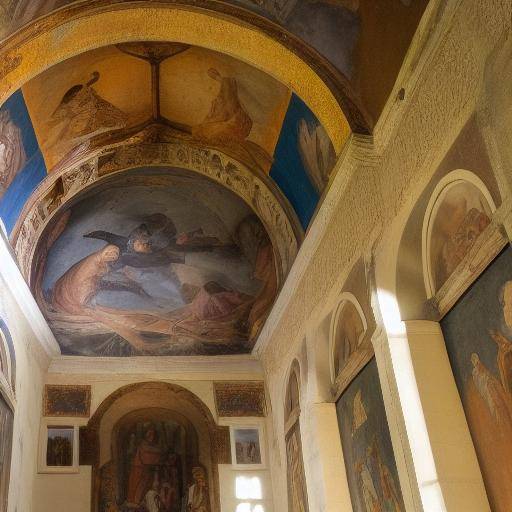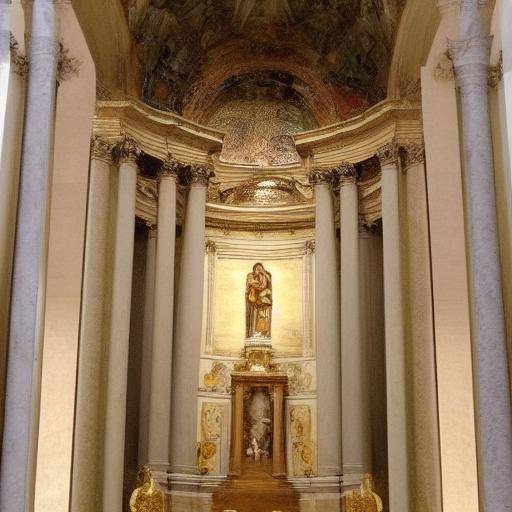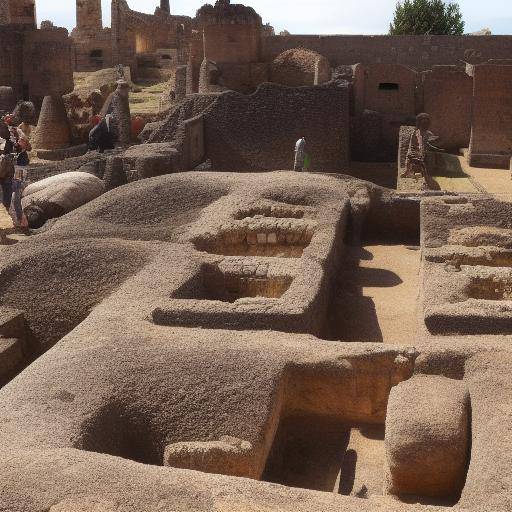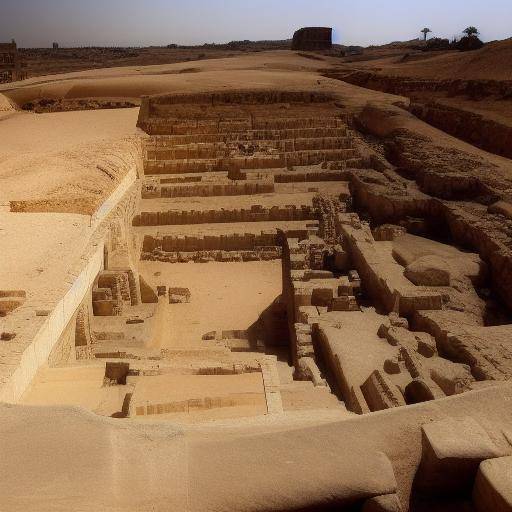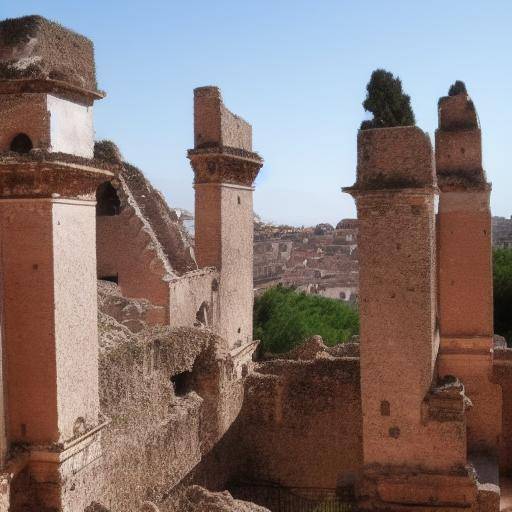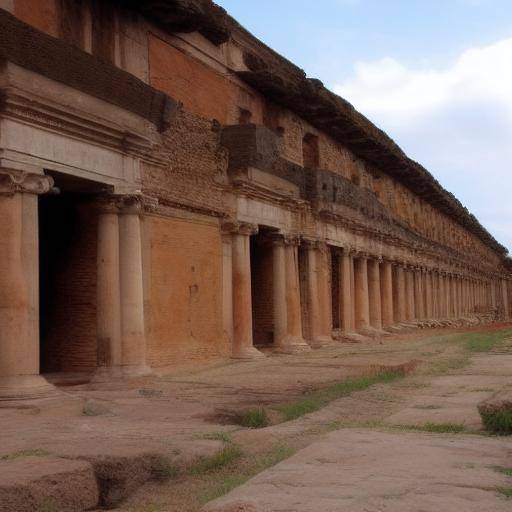
Pompeii is an ancient city that has fascinated historians, archaeologists and history enthusiasts for centuries. Located in the region of Campania, Italy, Pompeii suffered a tragic volcanic eruption that buried it under ashes and preserved it in time. Exploring Pompeii archaeology not only reveals a unique vision of everyday life in ancient Rome, but also offers a window to the past that continues to surprise and educate humanity today.
Introduction
Welcome to a journey in time through the cobbled streets of Pompeya, where every corner tells a story lost in the dust of the centuries. In this article, we will immerse ourselves in the archaeology of Pompeya, exploring its history, everyday life, scientific discoveries and its relevance today. From its colossal destruction to its amazing resurrection, we will discover the secrets that this buried city has revealed about ancient Rome and its legacy in the world archaeological landscape.
History and Background
The story of Pompeii dates back to 79 A.D., when Mount Vesuvius exploded in one of the most devastating volcanic eruptions in history. The city was buried under tons of volcanic ash and lapilli, preserving the daily life and architecture of the time in an unprecedented way. The first remains of Pompeii were rediscovered in the sixteenth century, and since then its archaeology has revealed countless details of life in ancient Rome. Discoveries such as the petrified bodies, the frescoes and the ruins of buildings have provided archaeologists with an unparalleled view of everyday life in the city.
The archaeology of Pompeya not only offers a detailed view of what life was like in ancient Rome, but has also led to important advances in understanding the culture and society of the time. Continuous excavations have revealed luxurious houses, taverns, bathrooms, theaters and temples, offering a holistic view of Roman society. The findings include domestic utensils, art, sculptures and human remains, each telling a unique story about life in Pompeii before its tragic end.
Deep analysis
The archaeology of Pompeii has faced unique challenges, from the conservation of the remains to the interpretation of the evidence found. Technological advances, such as photogrammetry and radiocarbon dating, have allowed archaeologists to virtually rebuild the city and explore new aspects of its history. However, the preservation of Pompeii remains a concern, as exposure to the elements and tourism can adversely affect their fragile remains.
Modern society has also developed a renewed interest in the archaeology of Pompeya, using technologies such as increased reality and digital reconstruction to bring the past closer to the contemporary public. The intersection between archaeology, history and technology has broadened the possibilities of studying and understanding Pompeii in a deeper and more accessible way.
Exhaustive examination
In exploring the archaeology of Pompeii, it is crucial to consider its impact on the understanding of ancient Rome and its influence on disciplines such as the history of art, architecture and anthropology. Comparative studies with other Roman cities have revealed similarities and contrasts that contribute to a wider panorama of Roman civilization. Pompeii's archaeology not only awakens imagination, but also fuels an interdisciplinary dialogue that enriches our understanding of the past.
Comparative analysis
Pompei, Italy and archaeology are intertwined in a complex designated network. While Pompeii represents a microcosm of ancient Rome, Italy houses an incomparable treasure of archaeological heritage that spans from prehistory to the Middle Ages. Archaeology, for its part, is erected as a vital discipline to unravel the mysteries of the past, connecting history with the materiality of past civilizations.
Applicable Tips and Recommendations
If you are planning to visit Pompeii, we recommend hiring a tour guide with expertise in archaeology to maximize your experience. Make sure you wear comfortable shoes, sunscreen and water, as the exploration of the ruins can be extenuating. It also supports conservation efforts respecting the rules of the site and avoiding touching or damaging archaeological remains.
Perceptions of Industry and Expert Reviews
Archaeology experts believe that Pompeii remains an inexhaustible source of discoveries, with every excavation shedding new light on life in ancient Rome. Pompeii conservation and study also pose ethical and practical challenges in relation to the balance between preservation and public accessibility. Archaeologists continue to discuss how to address these complex issues to ensure Pompeii's lasting legacy for future generations.
Case Studies and Real Life Applications
Pompeii's legacy has spread beyond archaeology to influence various areas, from literature and art to urban planning and heritage preservation. Examples of Pompeii's influences are found in literary works such as Emily Dickinson's "Pompeii excavations" and artistic representations in paintings and sculptures by renowned artists. These contemporary manifestations show that the impact of Pompeya continues to resonate in the present.
Future Trends and Predictions
The future of Pompeii archaeology seems promising, with technological advances and interdisciplinary approaches that promise to reveal new aspects of the buried city. Collaboration between archaeologists, conservationists, historians and experts in digital technology is expected to lead to innovative discoveries and a deeper understanding of life in ancient Rome. However, the main challenge is to reconcile the protection of Pompeya with the growing tourist demand and the urban development that surrounds it.
Conclusion and Frequently Asked Questions
In short, the archaeology of Pompeya offers a unique window to the lost world of ancient Rome, providing fascinating insights on the daily life, culture and society of the time. From the conservation of its remains to its contemporary relevance, Pompeya remains an invaluable treasure for humanity.
Frequently asked questions
**1. What is the importance of Pompeii in the history of archaeology?**Pompeii has been fundamental in the development of modern archaeology, providing a treasure of well preserved information about life in ancient Rome.
**2. What is the impact of the Vesuvius eruption in Pompeii and its current relevance?**The eruption tragically marked the end of Pompeii, but its exceptional conservation has allowed a deep understanding of Roman life.
**3. How has archaeology evolved in Pompeii's study?**Archaeology in Pompeii has experienced significant progress, including the adoption of modern technologies for research and conservation.
**4. How does Pompeii archaeology influence other academic and artistic fields?**Pompeya has left an indelible mark in literature, art, architecture and urban planning, serving as a source of inspiration and research.
**5. What are the current challenges facing Pompeya archaeology in terms of conservation and public access?**The proper conservation and management of sustainable tourism are critical challenges in preserving the remains of Pompeya and ensuring their accessibility for future generations.
**6. What are the future opportunities for Pompeii archaeology?**Emerging technologies and interdisciplinary collaboration offer exciting opportunities to discover new aspects of life in the former Pompeya.
Conclusion
In conclusion, Pompeii archaeology allows us to enter a lost world, revealing fascinating details of life in ancient Rome. From its dramatic origins to its impact today, Pompeya continues to captivate and enrich our understanding of history and archaeology. Its legacy remains a palpable reminder of the fragility and persistence of human civilization over the centuries, offering a unique window to the past that continues to inspire and astonish present and future generations.
Remember, if you ever have the opportunity to visit Pompeya, take advantage of the experience to immerse yourself in the richness of your history and archaeological discoveries. Pompeii is much more than a simple tourist attraction; it is an extraordinary testimony of the lasting power of knowledge and preservation.
By exploring Pompeii archaeology, we embark on a journey that challenges us to understand the past to illuminate the present. May this archaeological story inspire curiosity and appreciation for the rich heritage that Pompeya and its history read to us.
Therefore, those who have the privilege of plunging into the dusty ruins of Pompeii will discover a tangible connection with ancient Rome, a testimony of human resilience and a lasting reminder of the inexorable passage of time. venture with open mind, curious heart and spirit of exploration, and Pompeii will surely reveal his forgotten treasures, renewing the astonishment and admiration for the greatness and complexity of life in ancient Rome.

